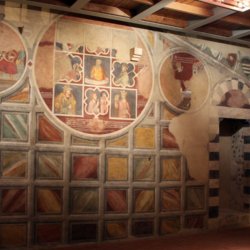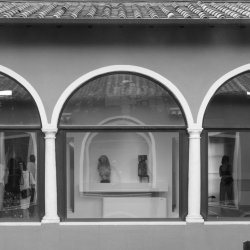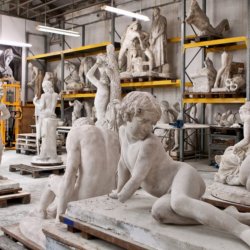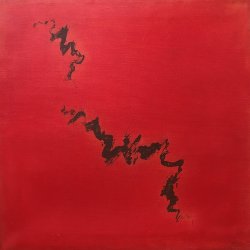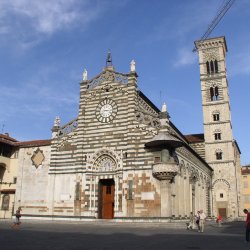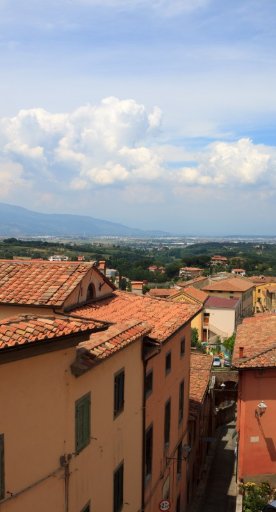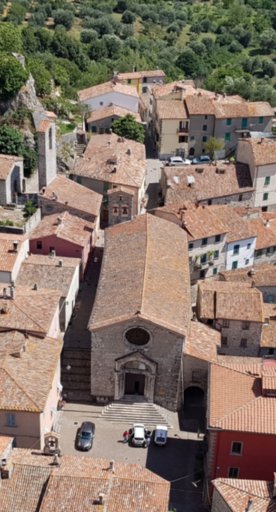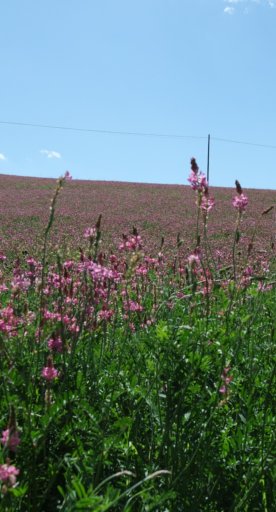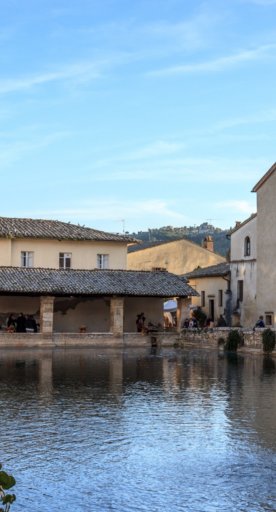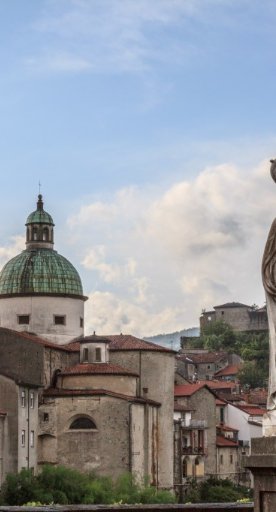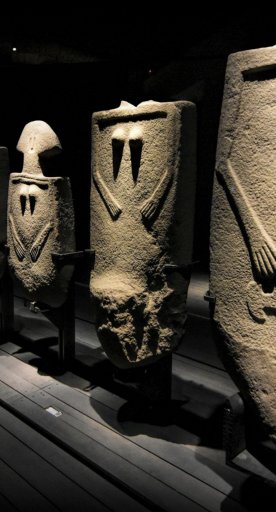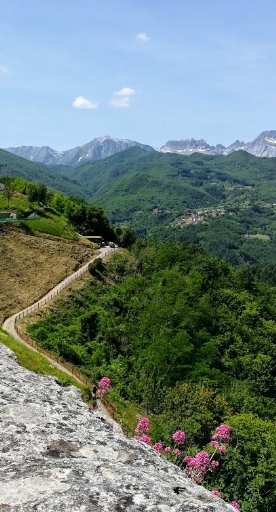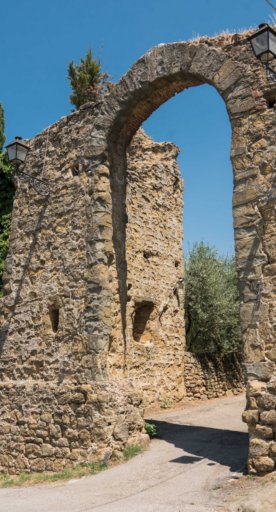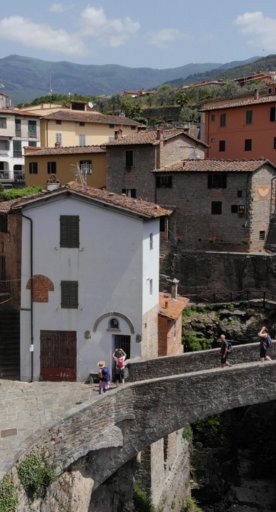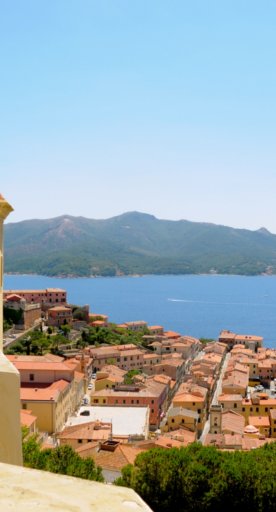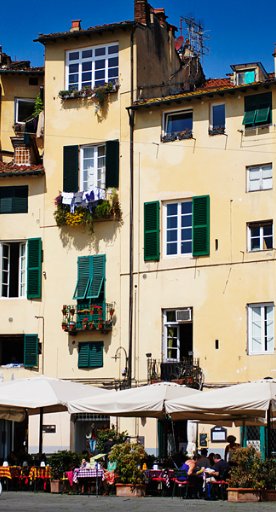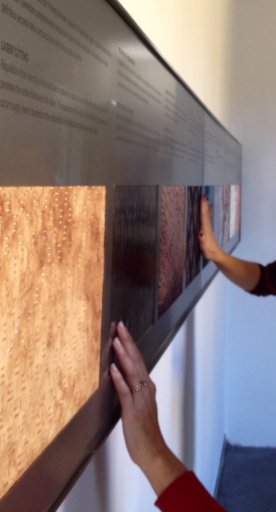

Day trip to Montalcino
Walk the cobblestoned streets of this quaint village, where the Middle Ages are frozen in time
Every respectable visit to Tuscany should include a day trip to some of the region’s quaint medieval villages. Take Montalcino, for example, a hill town in the Val d’Orcia completely encircled by fortified walls and a few kilometres from Pienza and the Crete Senesi and not far from Monte Amiata. Renowned for its world-famous Brunello di Montalcino, it’s also a fairy-tale place to spend a day immersed in Tuscany’s history and countryside. Climbing to the top of the hill, you’re greeted with stunning views of the surrounding valleys, characterized by vineyards, olive trees, fields and other little villages.
Montalcino has remained practically unchanged over the centuries, with its 13th-century defense walls and historic centre dominated by the 14th-century fortress. But there are many other places to visit, so we’ve put together a list of the top must-see sites in the town.
-
1.Montalcino Fortress
-
2.Cathedral of San Salvatore
-
3.Piazza del Popolo
-
4.Civic and Diocesan Museum of Sacred Art
-
5.The Museum of the Community and Brunello di Montalcino
-
6.Abbey of Sant’Antimo
Montalcino Fortress
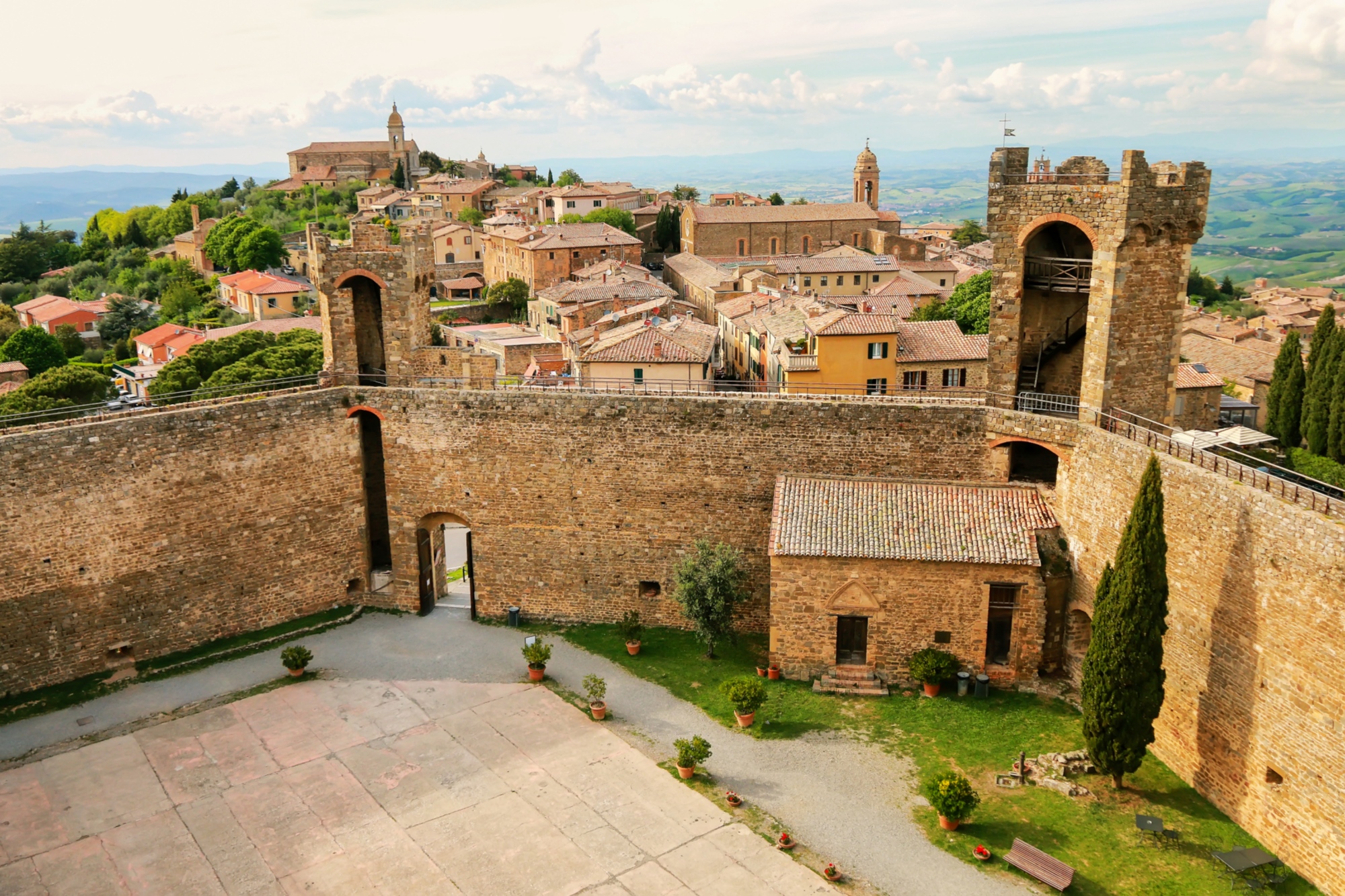
The Montalcino Fortress stands at the highest point in the town and has remained almost the same since the Middle Ages. It’s free to enter the fortress grounds, but costs 3.50 euro to climb up to the ramparts. It often becomes a special setting for festivals, concerts and events, like the Jazz & Wine Festival in July, combining international jazz music with fine wine. Climb to the top of the tower and see the fabulous views over the town and surrounding valleys. Today, the tower is home to one of the town’s many enoteca (wine bars).
Cathedral of San Salvatore

The Neoclassical cathedral dedicated to San Salvatore was built in the 14th century on the site of an older parish church, believed to have been built around the year 1000. Some traces are still preserved in the baptistery. The bell tower dates to the 18th century. Inside the cathedral, you can find many important paintings.
Piazza del Popolo
This is Montalcino's main square, located downhill from the fortress. The square is fairly small and hosts a few cafes, bar and restaurants. The main building in the piazza is the town hall, which was originally the Palazzo dei Priori, and its clock tower. Close to the town hall is La Loggia, a building built in the 14th and 15th centuries that consists of six rounded arches.
Civic and Diocesan Museum of Sacred Art
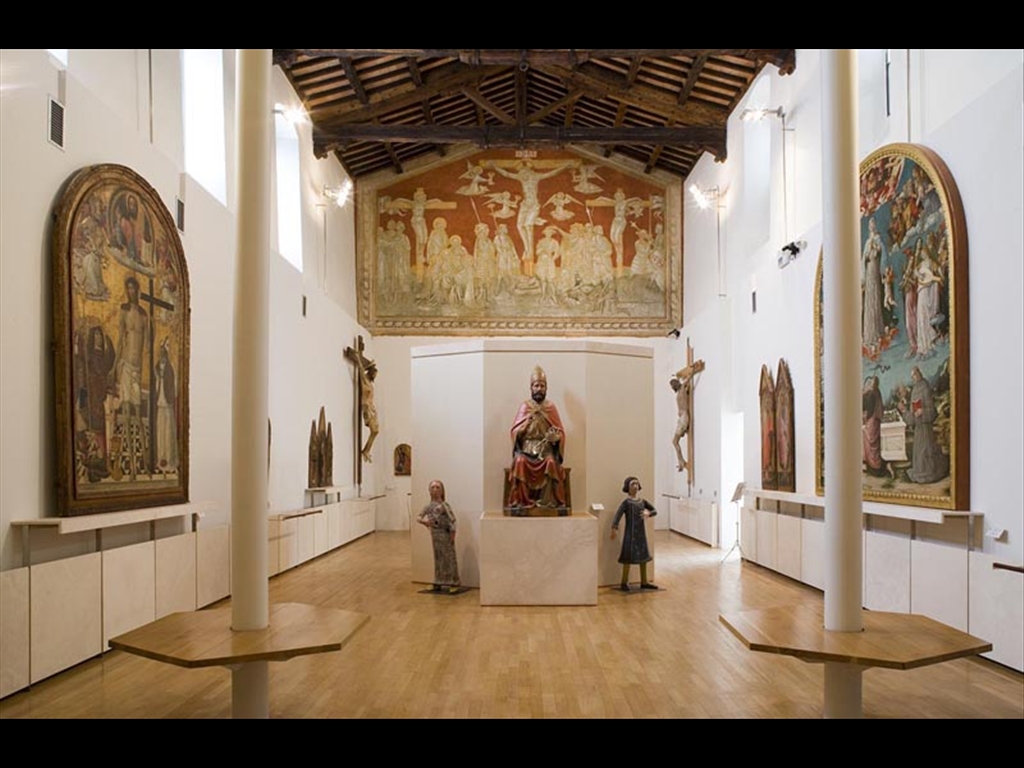
The museum is situated in the ex-convent, next to the Church of Sant’Agostino and is home to a small collection of important works by Sienese masters from the 14th and 15th centuries.
The Museum of the Community and Brunello di Montalcino
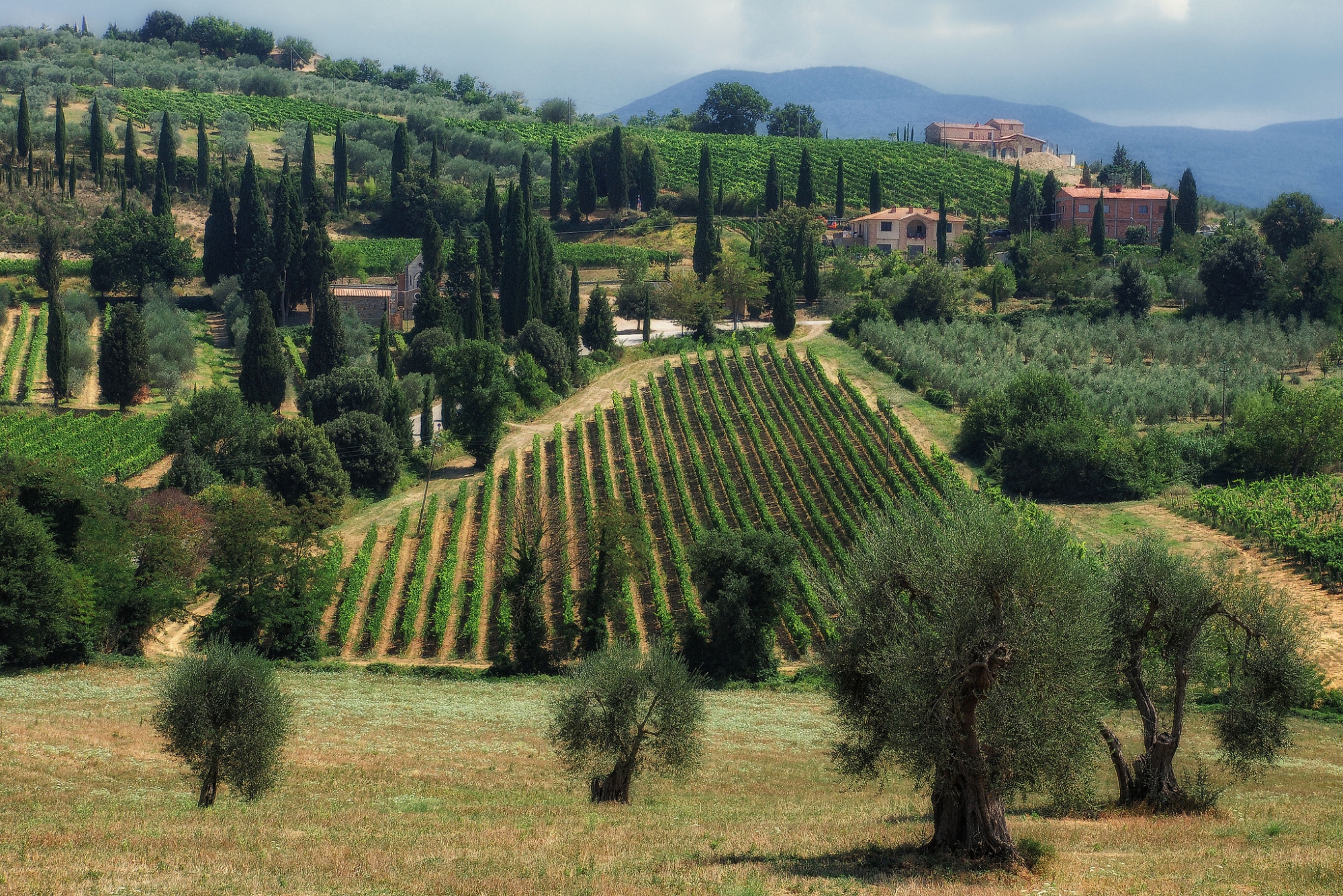
The museum was founded out of the need to not forget the great richness and variety of the history and tradition from which the great wine of Montalcino comes.
Abbey of Sant’Antimo
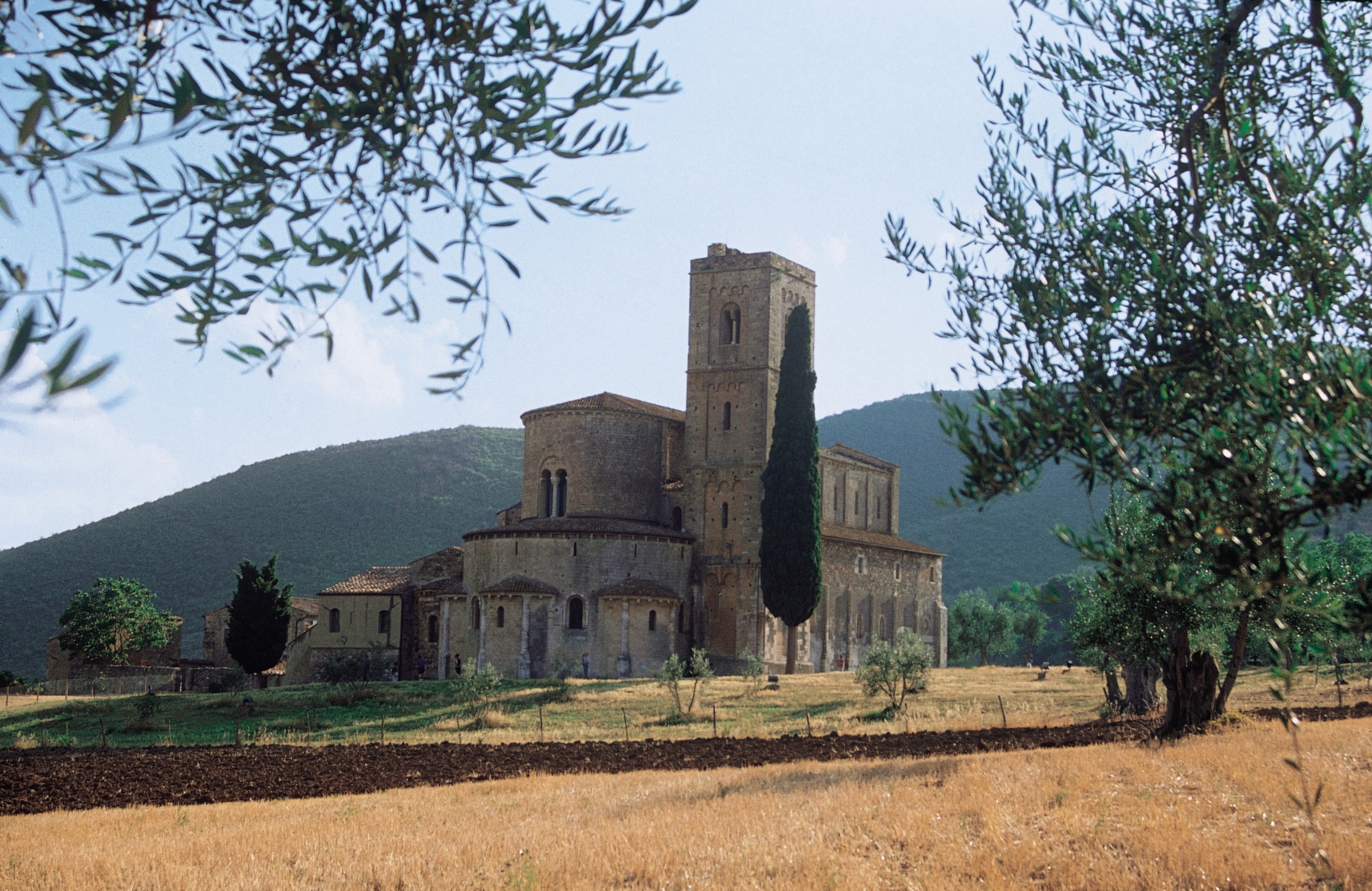
Nine kilometres from Montalcino sits the stunning Abbey of Sant’Antimo, a former Benedictine monastery. The name of the abbey may refer to Saint Anthimus of Rome, whose relics were supposedly moved here during the late 8th century. There is a legend connected to the abbey founded by Charlemagne in 781, when the king and his army stopped here on their way back from Rome because the soldiers were afflicted by an unknown pestilence. The legend says that an angel appeared to Charlemagne, telling him to make his men drink a local herb infusion, saving the army, and the King decided to build the church in gratitude.
Start your discovery


